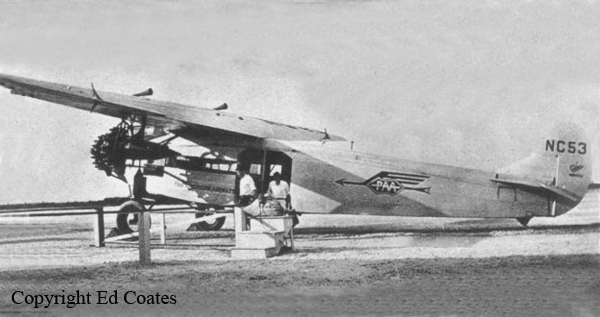Crash of a Lockheed 18-56-23 LodeStar in Golden Gate
Date & Time:
Oct 16, 1969 at 0835 LT
Registration:
N170L
Survivors:
Yes
Schedule:
Miami-Opa Locka – St Petersburg
MSN:
2534
YOM:
1943
Crew on board:
2
Crew fatalities:
Pax on board:
0
Pax fatalities:
Other fatalities:
Total fatalities:
0
Captain / Total hours on type:
2000.00
Circumstances:
The crew was completing a ferry flight from Miami-Opa Locka Airport to a maintenance facility based in St Petersburg. This was the first flight for maintenance. En route, smoke spread in the cockpit and the crew was forced to reduce his altitude and to attempt an emergency landing. The aircraft crash landed in flames in a prairie located in Golden Gate, northeast of Naples.
Probable cause:
In-flight fire and smoke forced the crew to attempt an emergency landing. Fuel leak from undetermined source. Fumes in cabin. The aircraft exploded on ground.
Final Report:






